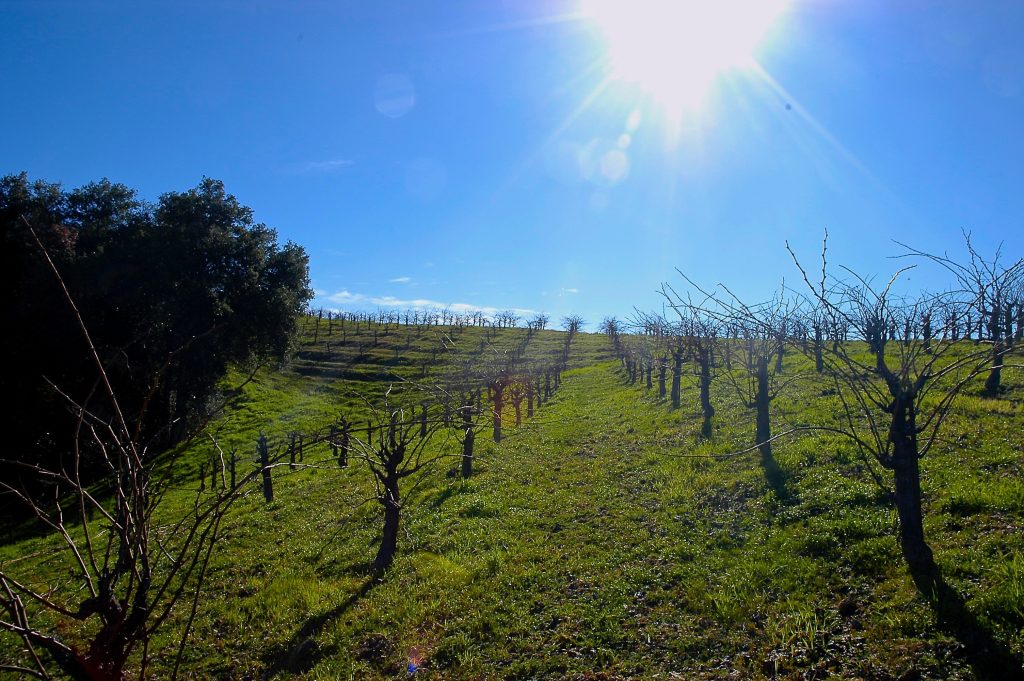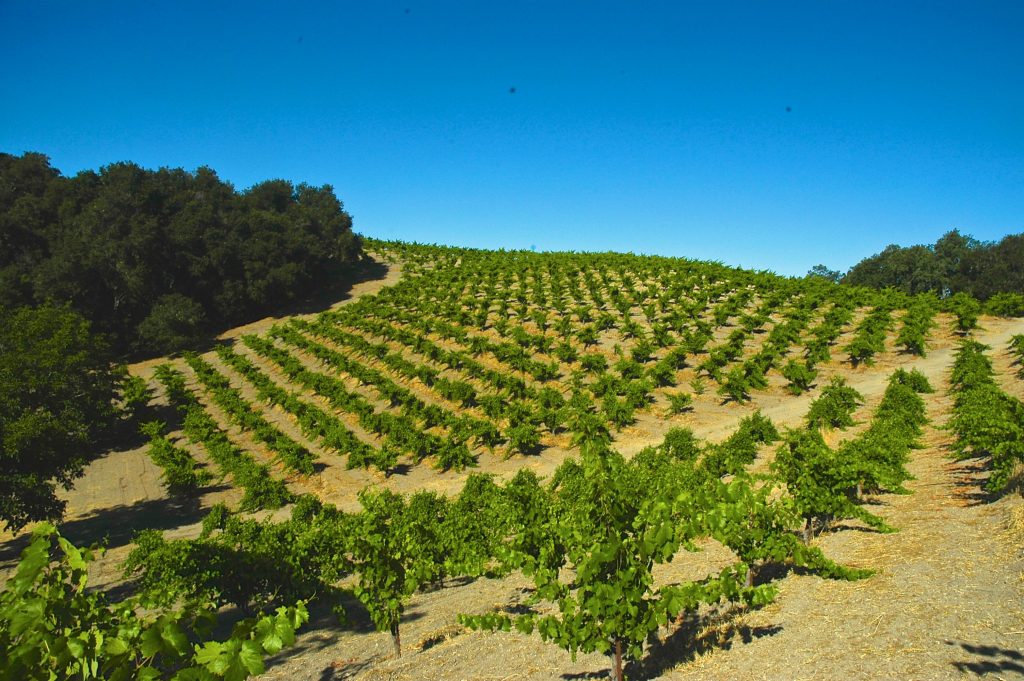May 26, 2020
Grenache … I Love You!
Grenache … I Love You!
For me, picking a favorite varietal is like picking a favorite kid – it’s not really possible. I love my children equally – yet for different reasons – and grape varieties are no different for me. Now, when I talk about my love for these grapes, it’s not really about what I like to drink the most. I do drink wine and love it, though my relationship with certain grape varieties is more from the perspective of grape growing and winemaking.

Here are a few tid-bits about Grenache: it is one of the most widely planted grapes in the world; it originates from Spain; in the early days in California, it was used as a blending grape because of its ability for high yields and its high levels of alcohol; it likes heat but can also be great in cooler sites; if you let it, it will grow like a weed and yield way too much fruit; it can be thin and unimpressive. But, if you put in the work while properly managing yields and canopy, it can produce some of the most beautiful wines in the world! This is one of the many things I love about grenache. If at one moment you’ve had a grenache that was undrinkable, and in another moment had a grenache that has blown you away, you know what I mean. Not many other varieties have this level of discrepancy.
Grenache is the one grape that I have had to get to know the most, to become intimate with. Growing and making syrah is not as complicated. Pinot Noir is mostly concerned about where it’s grown; if it’s in a killer spot the rest is “easy”. Grenache requires a bit more thought and intention. One thing about grenache is the clusters can become huge if you let them, which typically does not lend to the quality of the final product. So manicuring each cluster on the vine is a tactic we use to ensure quality and concentration. The other thing we watch in the vineyard is canopy management. The skins of grenache can be easily “bleached” by the sun, which results in a negative effect on the color of the wine. So utilizing the canopy to create shade is the name of the game, unlike other trellising options that are more uniform. With grenache, depending on exposure to the sun, it changes from site-to-site or even block-to-block within a site. Grenache forces you to be more methodical; you have to really think about grenache.

In the cellar and during fermentation, you have to pay close attention to many little things to ensure the wine turns out the way you intend. When calling a “pick” for grenache, watching the numbers is a fool’s errand – it is going to get ripe. And If you are pursuing a lighter style you might be picking before physical ripeness is achieved. The result might include bitterness plus acidity that might be too high. If you wait too long to pick, and plan to water back the wine, you might end up with a flavor profile that is too “candied”, and not sophisticated. Nailing the pick for grenache is the single most important wine making decision. And since picking by the numbers (sugar, acid, etc) is not the best way to make the decision, it requires a lot of presence in the vineyard. This means walking a lot of rows, eating a lot of grapes, and actually observing the physical condition of the grapes and stems. Tannin management is important when making grenache, so one thing we do is keep track of the skins beginning to soften. If the skins are too thick or have a “snap” when you bite into one, it needs more time. If you wait too long, you risk compromising the structure of the wine.
During fermentation, we have adopted long and gentle pump-overs as our extraction approach. Coupled with keeping the fermentations cool, it leads to softer tannins and a preservation of aromatics and secondary flavor profiles. We also don’t obsess about color when managing the fermentation. Grenache’s color in these stages can be not-so-easy on the eyes. If you allow this to be a problem you might alter your approach in an attempt to achieve “better” color. What I have learned is you let grenache be what is…it turns out so much better, more of a pure expression on grenache. Once the wine is ready to be pressed we put it in 500 liter puncheons and age it for about 20 months. The larger barrels (puncheons) lead to an evolution of flavors that help express what’s best about grenache…red fruit and subtle spice.
Grenache demands your attention, both in the vineyard and in the cellar – this is what I love so much about this grape. Like anything, it can be easy to get into too much of a rhythm the longer you do something. I appreciate a varietal like grenache because it keeps me on my toes and forces me to remain present, especially during the harvest season when it’s tempting to look for easier ways to do things. Winemaking is a game of doing all the little things right; grenache forces that mentality, and for that I am grateful.
